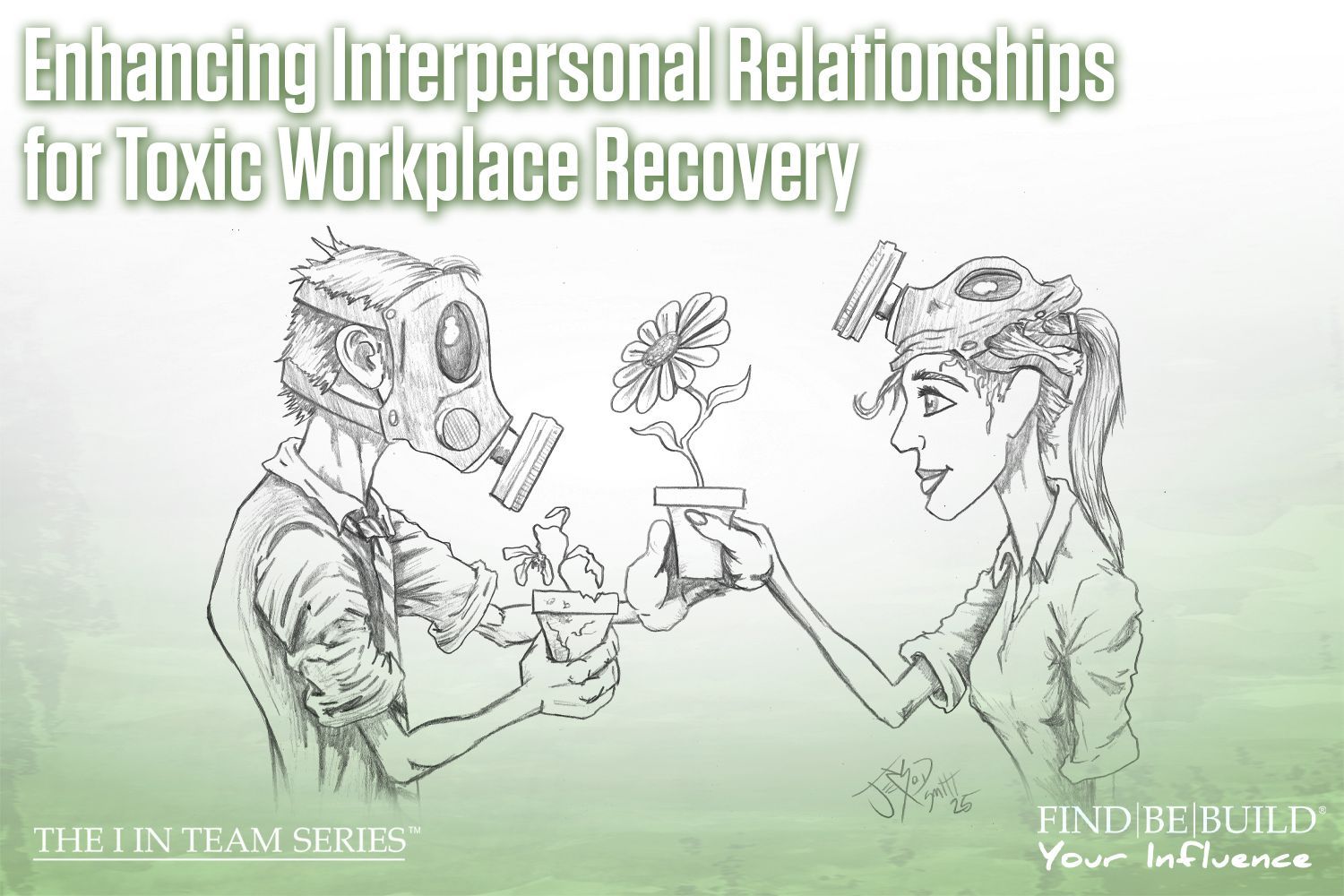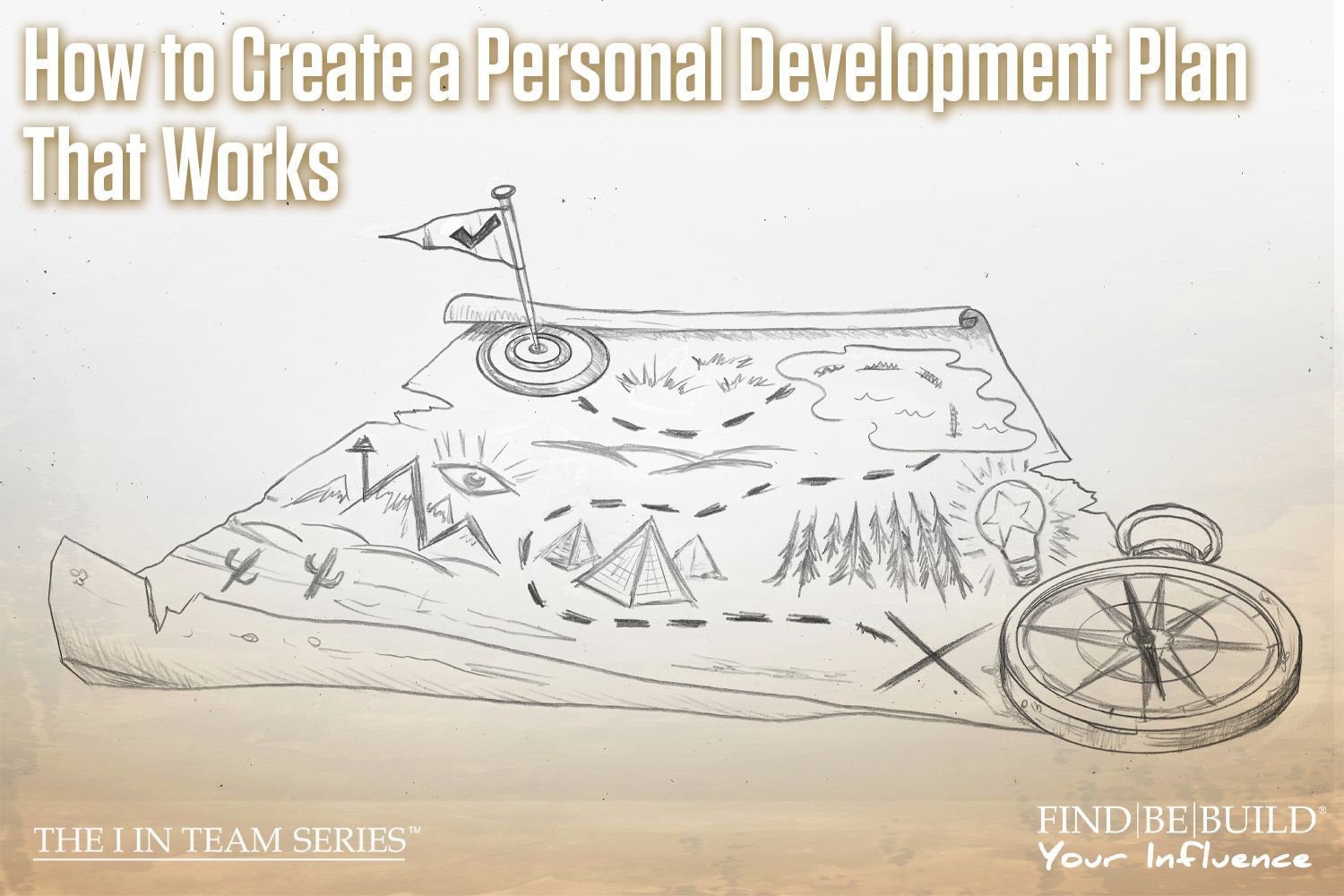BALANCING DIRECT AND INDIRECT COMMUNICATION

Effective business communication
There are two basic ways to organize the way you communicate with others: through direct or indirect messages. However, choosing the appropriate route for your message can be difficult if you tend to prefer one method over the other. To communicate effectively, you need to not only understand your preference but you also need to decide when it’s a good time to communicate with the opposing style. While there are exceptions to all things, learning this balance and working to implement its nuances will require habit building. To start, we need to learn when direct and indirect communication is appropriate.
Some Notes About Communication
Prior to discussing balancing direct and indirect communication, we need to understand a few things about communication first:
- Everyone will have a preference for their communication style
- Everyone will have a preference for how they like being communicated too
- The avenue you choose for communication (face to face, phone call, written message) will help in determining the best strategy for your communication.
- Choosing the inappropriate route for communication can cause more damage than good. It can instill distrust, lower self-esteem, and create toxic work environments.
Direct Communication
With direct communication, the message starts with the main point of the conversation and is then followed up and supported afterward. This is why good news is usually communicated directly while bad news is usually communicated indirectly. Here, we define “bad news” as news that will be upsetting or unexpected to the listener. Although, you can use any style for any type of communication. The key is to understand how the receiver of the message will interpret and move forward with the information you share.
Indirect Communication
Indirect communication is opposite to direct communication in that it delivers the main point of the communication last, building up the anticipation for that main point by discussing the supporting information prior to delivery. As stated, indirect communication is a better route for delivering bad news. Crafting a bad-news message takes careful planning and must be done in a way that softens the blow of the main point of the message. In doing so, you prep the listener with supporting facts to help them become acclimated to the negative emotions that will surely arise rather than surprising them with the main point at the beginning.
This style of communication requires a lot of thought on the part of the communicator because they must understand the person they are communicating with and work to empathize with them by taking them on a gentle journey of understanding rather than blasting them with information that could prevent them from hearing the rest of the message. By empathizing with your listener and understanding them, you can prevent them from tuning out. When you explain yourself and your reasoning first, it makes it easier for the listener to empathize with you as well rather than simply feeling attacked. Delivering bad news in an emotionally intelligent matter is critical to organizational success.
Examples of Direct and Indirect Communication
Some examples of bad news could be reprimanding someone, correcting them, or even letting someone go. While you don’t always have to choose the indirect route when delivering your bad news, it is important to consider your audience and how you think they will take it. This shows care for your team by demonstrating your ability to meet them where they are.
For example, if you needed to reprimand someone for missing a deadline:
Direct: The deadline you missed last week caused a month-long delay in manufacturing for our clients and has caused immense stress for our team. Now we won’t be able to serve our clients next month as we promised. This is difficult for those working directly with the clients because they have to explain why we are late, and the clients will not be pleased.
Indirect: Next month, we won’t be able to serve our clients as we anticipated. We are currently facing some issues in the manufacturing process that will cause us to be late and will force our client-facing team members to communicate our failure, which our clients will likely not be happy about. In the future, please remain mindful of your deadlines so we can avoid causing our team and clients additional stress. If you need help, ask!
For example, if you need to correct someone’s behavior:
Direct: You shouldn’t format your files this way; it’s too hard to understand and it should be more organized. You need to do it this way.
Indirect: The new way you are formatting this document is unique, but I am not sure the rest of the team will be able to understand it. Maybe there is a better way to format this so everyone can stay on the same page. You should try formatting it this way, which might help everyone and save you time in the future.
For example, if you need to let someone go:
Direct: We are letting you go, and your last day is this Friday. The organization is working on saving more money and unfortunately we have to make cuts. Your position has become somewhat obsolete and the tasks we need to be done are going to move to be someone else’s responsibility.
Indirect: As you may know, the past year has been hard on the organization as a whole. We’ve had to make some difficult decisions up to this point and are faced with making more. Our hope is that we will be able to make it through another year. You have always been an excellent employee and we wish it didn’t have to be this way, but we need to let you go for the health of our organization. Should we ever get to a point where we can take you back, we will in a heartbeat.
In truth, there is no right or wrong way to communicate if you don’t care about the emotions of the person listening. However, if you do care about others’ experiences and do not wish to burn bridges with them, you will need to work to craft your communication in a way that demonstrates your compassion and emotional intelligence towards the listener. There will be times when you have to communicate using a style that isn’t natural to you, but it’s good to practice using and hearing different types of communication. If you’re curious about learning more about communication, contact IA Business Advisors to discuss coaching.











